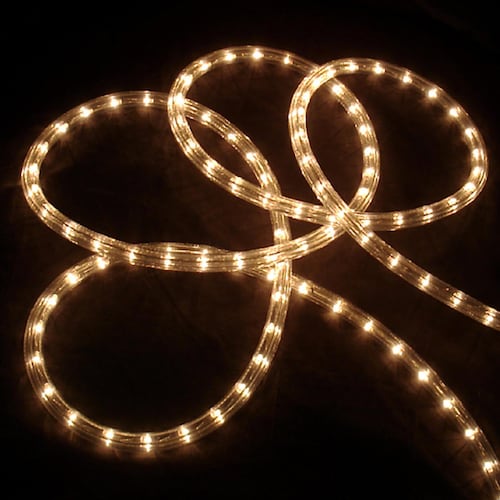FWP:
SETS == GROTESQUERIE
MADNESS: {14,3}
ROAD: {10,12}
Well, here's an example of what I call 'grotesquerie'. As the mad lover wanders barefoot in the desert, his blistered feet are pierced by thorns. They then ooze drops of liquid so fiery and radiant that the road seems to have lamps placed along it, it seems almost to be a carefully planned illumination, some kind of a 'light-show' (for more on chiraa;Gaa;N , see {5,5}).
The commentators, one and all, firmly insist that the liquid in question is blood. But of course, in that case it wouldn't be appropriate to compare it pointedly to a 'string of pearls', which would be white rather than red. (Ghalib could have used rubies quite as easily.) It seems more probable that the reference would be to the clear serum or fluid with which blisters are often filled. For after all, it's hard to believe the verse would be imagining an infected blister full of whitish-yellow pus; that would surely be too grotesque even for the radically abstract world of the ghazal.
Ugh, you'll be saying, why does she have to go into such
unappetizing detail? But of course that's exactly my point-- verses like this
are not so effective, because we have trouble 'poeticizing' what to us (though
maybe not to Ghalib) is a sort of yucky, 'too much information' vision of
bursting blisters leaking fluid all along the road. Maybe, as S. R. Faruqi
would gallantly maintain, the problem lies only with us moderns, or us Westernized
types. Certainly there's nothing inherently problematical about blister imagery--
it forms part of a seamless continuum with lacerated livers and burning hearts and bloody tears
and so on. But there's something about the degree of detail that becomes off-putting
in some cases-- though not in others. It's an intriguing case study in the
poetics of audience response.

Nazm:
From the blisters on my feet the road of the desert has become illumined like a string of pearls. The phrase 'the effect of blisters' is intended to mean that blood drips onto the road of the desert, which has made it a light-show and like a string of pearls. (212)
== Nazm page 212